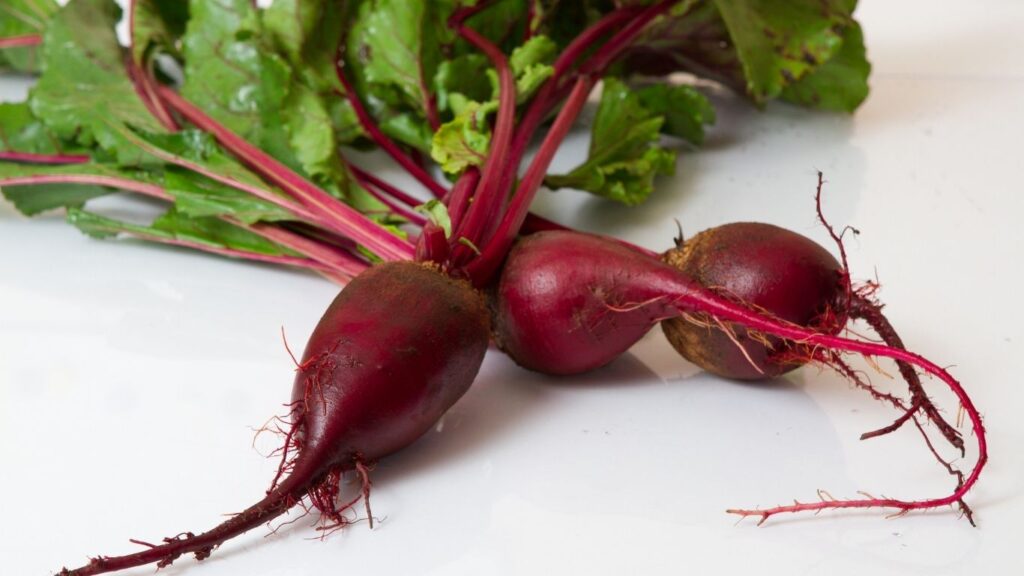Did you know that the human body contains around 60,000 miles of blood vessels, enough to circle the earth twice? This intricate network carries oxygen and essential nutrients throughout the body, keeping organs functioning efficiently. Good blood circulation is crucial for overall health, as it ensures that cells receive the nourishment they need while removing waste. Poor circulation can lead to fatigue, muscle cramps, and other health issues. In this article, we’ll explore five foods that can boost blood circulation, supporting a healthier cardiovascular system and enhancing your energy levels.
5 Most Effective Foods for Better Blood Circulation
The Role of Nutrition in Circulation
A diet rich in nutrients like vitamins, antioxidants, and healthy fats can enhance blood circulation by supporting the health of arteries and veins. Foods with anti-inflammatory and vasodilatory properties help keep blood vessels flexible and clear, promoting efficient blood flow. Poor circulation, often due to high cholesterol or inflammation from an unhealthy diet, can result in common issues like cold hands and feet, muscle cramps, fatigue, and even more severe conditions like varicose veins or heart disease.
Food 1: Dark Chocolate

Dark chocolate is packed with flavonoids, particularly flavanols, which are potent antioxidants. These compounds help relax the lining of blood vessels, improving their flexibility and promoting better blood flow. This vasodilation can reduce blood pressure, easing strain on the cardiovascular system. Beyond circulation, regular consumption of dark chocolate has been linked to enhanced brain function, possibly due to its ability to increase blood flow to the brain, sharpening focus and cognitive abilities.
To maximize these health benefits, aim for chocolate with at least 70% cocoa content. Keep portions moderate, about 1-2 ounces a day, to avoid excess sugar and calories. Pair it with other nutrient-dense foods like nuts or fresh fruits, which provide complementary nutrients and fiber, enhancing the overall positive effects on your body while satisfying your sweet tooth.
Food 2: Fatty Fish

Omega-3 fatty acids, found abundantly in fatty fish like salmon, mackerel, and sardines, are powerful anti-inflammatory agents. They help reduce inflammation in blood vessels, promoting better circulation and reducing the risk of cardiovascular disease. By lowering the production of inflammatory molecules, omega-3s aid in preventing the formation of blood clots, which can obstruct blood flow. Moreover, these healthy fats help reduce blood pressure, easing the load on the heart and arteries.
To incorporate fatty fish into your diet, consider adding grilled or baked salmon to your meals, or creating a simple yet delicious mackerel salad. Sardines are perfect in salads, on toast, or mixed with pasta. Aim for at least two servings of fatty fish per week to get an adequate dose of omega-3s and reap the significant health benefits for your circulatory system.
Food 3: Citrus Fruits

Vitamin C, abundant in citrus fruits, plays a vital role in maintaining blood vessel flexibility by aiding collagen production, which is essential for strong, elastic blood vessel walls. It also works alongside antioxidants to combat free radicals that can cause inflammation and damage to blood vessels. These actions collectively support healthy circulation and reduce the risk of vascular disease.
Beyond vascular health, regular consumption of vitamin C-rich fruits enhances immunity, helping the body fend off infections and reduce illness severity. To ensure consistent intake, integrate versatile citrus options into your diet. Enjoy oranges as a refreshing snack, add grapefruit slices to your breakfast, or squeeze lemon juice over salads and grilled vegetables. These simple additions offer a delicious way to bolster circulation while supporting overall health.
Food 4: Beets

Beets are packed with naturally occurring nitrates, which the body converts into nitric oxide, a compound that relaxes and widens blood vessels. This vasodilation process improves circulation and ensures that oxygen and nutrients efficiently reach all parts of the body. As a result, beets can help increase blood flow while lowering blood pressure, reducing strain on the cardiovascular system.
Regular beet consumption supports heart health and may enhance athletic performance by improving stamina and reducing fatigue. To enjoy these benefits, try roasting beets to bring out their natural sweetness, juicing them for a refreshing drink, or slicing them thinly for salads. They pair well with ingredients like goat cheese, citrus, and nuts, adding vibrant color and earthy flavor to meals while supporting your circulatory system.
Food 5: Garlic

Garlic contains sulfur compounds, particularly allicin, which are responsible for its distinctive aroma and potent health benefits. Allicin relaxes blood vessels by stimulating the production of nitric oxide, promoting smooth blood flow and reducing blood pressure. Its anti-inflammatory properties help protect blood vessels from damage, making garlic a valuable ally for cardiovascular health. Moreover, garlic aids in reducing LDL cholesterol levels, lowering the risk of arterial plaque buildup.
To harness these benefits, include garlic in your daily diet, either raw or cooked. Crushing or chopping raw garlic and adding it to salads, dressings, or salsa retains its strong medicinal properties. For a more subtle flavor, incorporate it into soups, stir-fries, or roasts, where the garlic mellows and enhances other ingredients, delivering both flavor and circulatory support.
Final Thoughts
Incorporating these five foods into your diet can significantly enhance blood circulation and support your overall health. Dark chocolate’s flavonoids, fatty fish’s omega-3s, the vitamin C in citrus fruits, nitrates from beets, and garlic’s sulfur compounds each offer unique benefits for your cardiovascular system. By adding these nutrient-dense ingredients to your meals, you’ll reduce inflammation, improve blood vessel flexibility, and promote better heart health. Pair these foods with adequate hydration, regular exercise, and healthy lifestyle choices to unlock their full potential. Small changes can yield big results, making each step toward better circulation worthwhile.
Also read: 5 Warning Signs of Poor Blood Circulation in the Body
